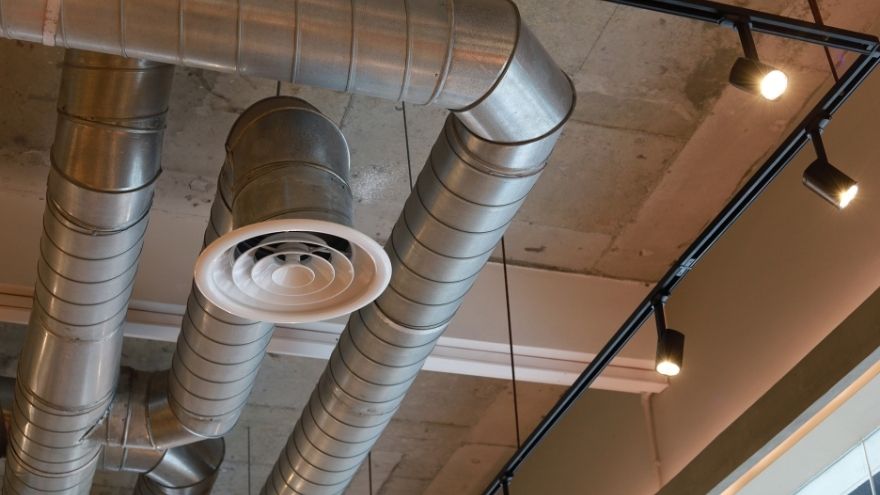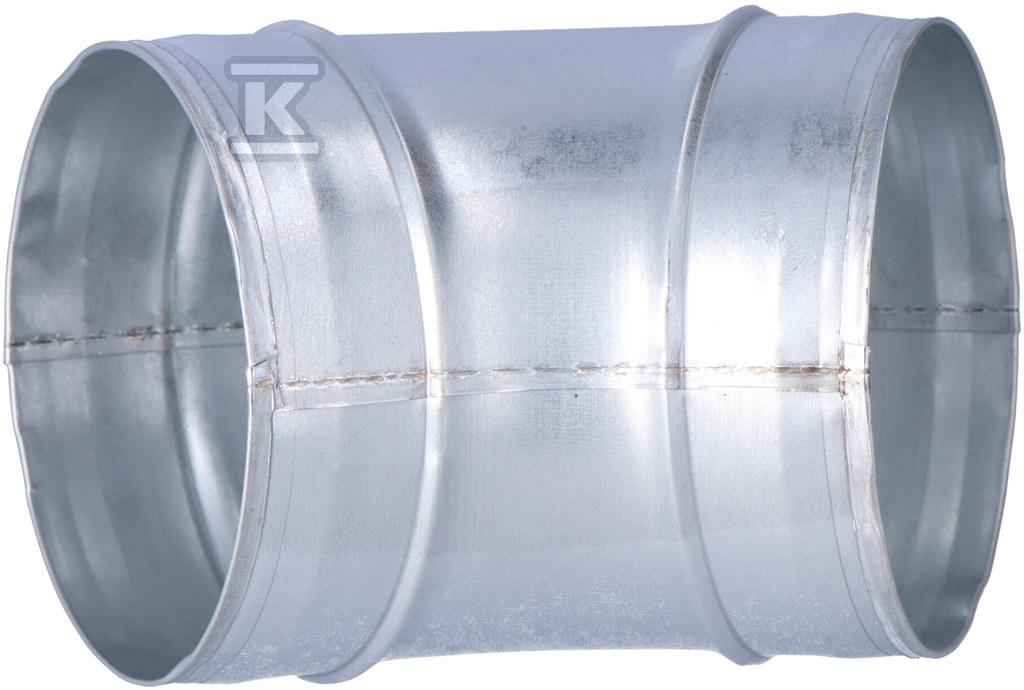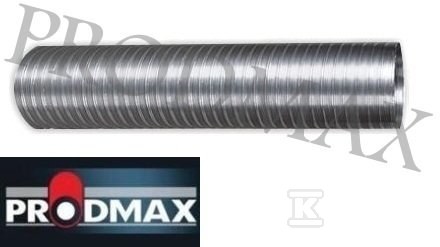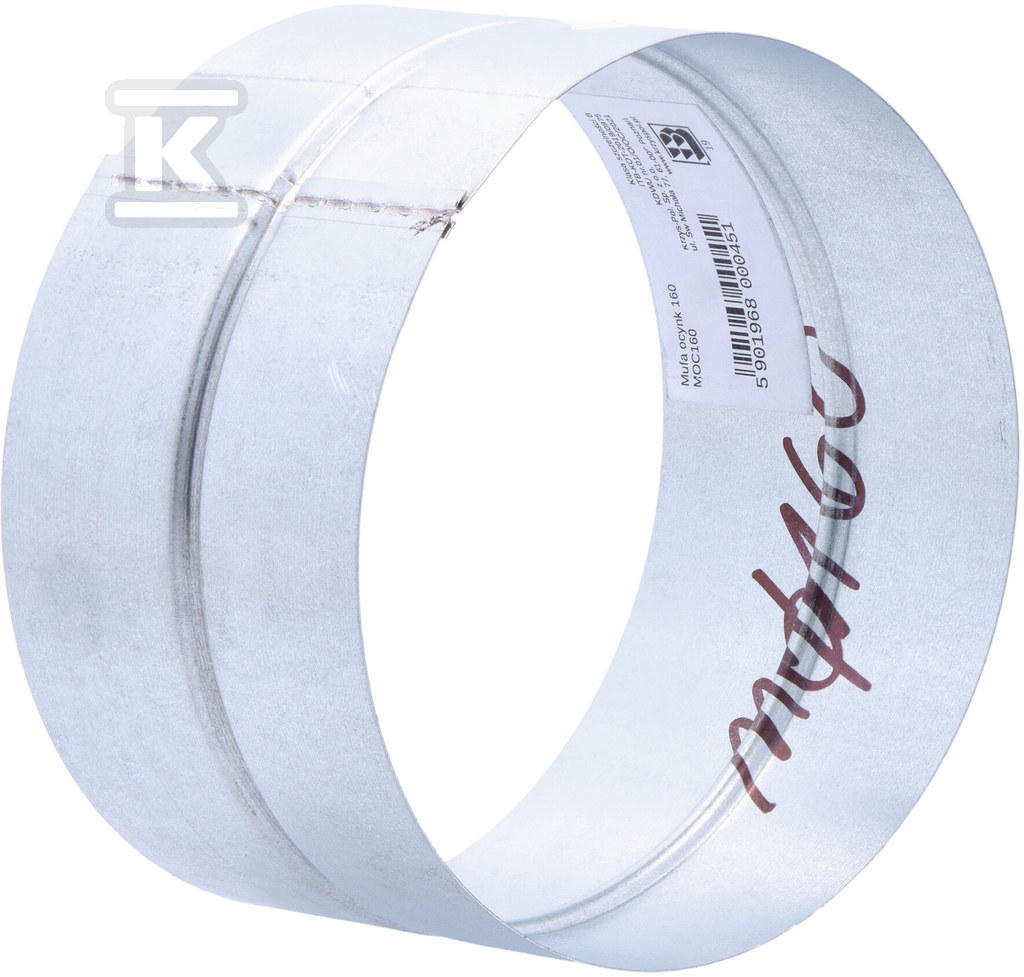Ventilation ducts, applied thermal and acoustic insulation and devices installed in ventilation ducts must ensure fire safety in accordance with the provisions of the Regulation of the Minister of Infrastructure of 12 April 2002 on the technical conditions that buildings and their location should meet (hereinafter referred to as the Regulation). In the Regulation, the legislator also included requirements for fire resistance of ventilation ducts and their insulation. Do you design or install ventilation systems? This article will tell you how to protect ventilation ducts from fire.

Check the ventilation at the Onninen wholesaler
Recommended thickness of thermal and protective insulation made of mineral wool
It is worth taking care of effective insulation of ventilation ducts at the stage of designing the ventilation system of the building. Ventilation , in order to work quietly, efficiently and safely, should be equipped with insulation: thermal, anti-condensation, acoustic and fire.
In accordance with § 267 section 1 of the Regulation: " ventilation ducts should be made of non-flammable materials, and flammable thermal and acoustic insulation and other flammable linings of ventilation ducts may only be used on their external surface in a way that ensures no spread of fire. "
 Steel sheet ventilation ducts can be insulated with mineral wool along their entire length. The mineral wool used should be of appropriate density and structure to meet fire resistance requirements. Rock mineral wool is used as insulation for many HVAC systems in residential and public buildings. Mineral wool duct insulation is an economical and relatively easy solution to implement. It does not require the use of specialist equipment or a large amount of materials.
Steel sheet ventilation ducts can be insulated with mineral wool along their entire length. The mineral wool used should be of appropriate density and structure to meet fire resistance requirements. Rock mineral wool is used as insulation for many HVAC systems in residential and public buildings. Mineral wool duct insulation is an economical and relatively easy solution to implement. It does not require the use of specialist equipment or a large amount of materials.
The key parameter is the thickness of the thermal insulation of the ducts. The guidelines in this area can be found in the Regulation and in the PN-EN ISO 12241:2010 standard "Thermal insulation of building equipment and industrial installations". In addition, there are specialist programs that allow calculations to be made in accordance with the applicable law and the individual requirements of the investor. The minimum thickness of insulation that ventilation ducts should be insulated with is:
- boards with a coefficient of λ=0.035 and a thickness of 80 mm in the unheated part of the building,
- boards or mats with a coefficient of λ=0.035 and a thickness of 40 mm in the heated part of the building.
This is a significant thickness, which can make it difficult to provide effective insulation in confined spaces.
Fire resistance requirements for ventilation systems
 Fire resistance is a material property that consists in maintaining its shape under long-term exposure to extremely high temperatures. Materials are divided into:
Fire resistance is a material property that consists in maintaining its shape under long-term exposure to extremely high temperatures. Materials are divided into:
- fireproof - can withstand long-term exposure to temperatures above 1580oC,
- hard to melt - can withstand long-term exposure to temperatures in the range of 1350-1580oC,
- easily melted - withstand long-term exposure to temperatures below 1350oC.
Fireproof materials are characterized by low thermal conductivity and high resistance to high temperatures. Non-flammable ventilation pipes made of fireproof materials are used only in specific operating conditions. On the other hand, ventilation ducts in general ventilation systems and fire ventilation systems should have an appropriate fire resistance class - in accordance with the provisions of the Regulation (fire resistance is not the same as fire resistance!). The selection of the class depends on the location of the ventilation ducts and the function they perform.
Proper insulation of ventilation pipes
 Insulation serves to protect the ventilation system against condensation of water vapour, fire and generation of excessive noise resulting from air flow. Guidelines on this subject can be found in the Regulation. When ventilation runs through unheated rooms or is otherwise exposed to energy losses, it should be protected with insulation that does not spread fire.
Insulation serves to protect the ventilation system against condensation of water vapour, fire and generation of excessive noise resulting from air flow. Guidelines on this subject can be found in the Regulation. When ventilation runs through unheated rooms or is otherwise exposed to energy losses, it should be protected with insulation that does not spread fire.
We encourage designers and installers of ventilation systems to familiarize themselves with the assortment of the Onninen wholesaler. We offer ventilation ducts and fittings in many different variants, including:
Our range also includes ventilation units with heat recovery and numerous accessories, such as acoustic silencers or fire dampers. We can help you choose the right components.